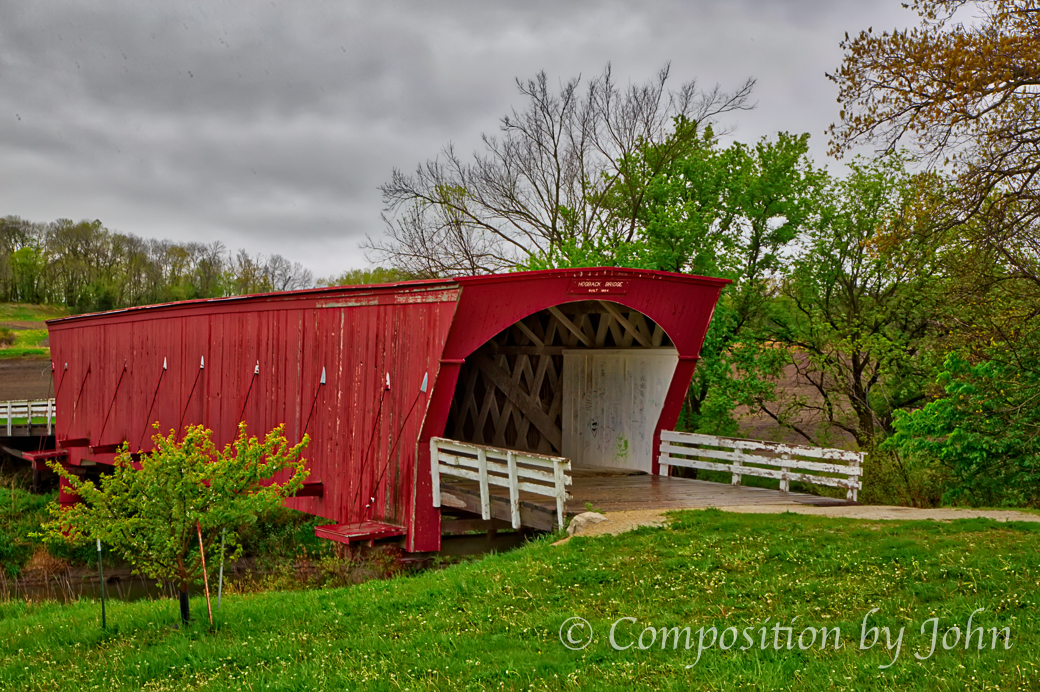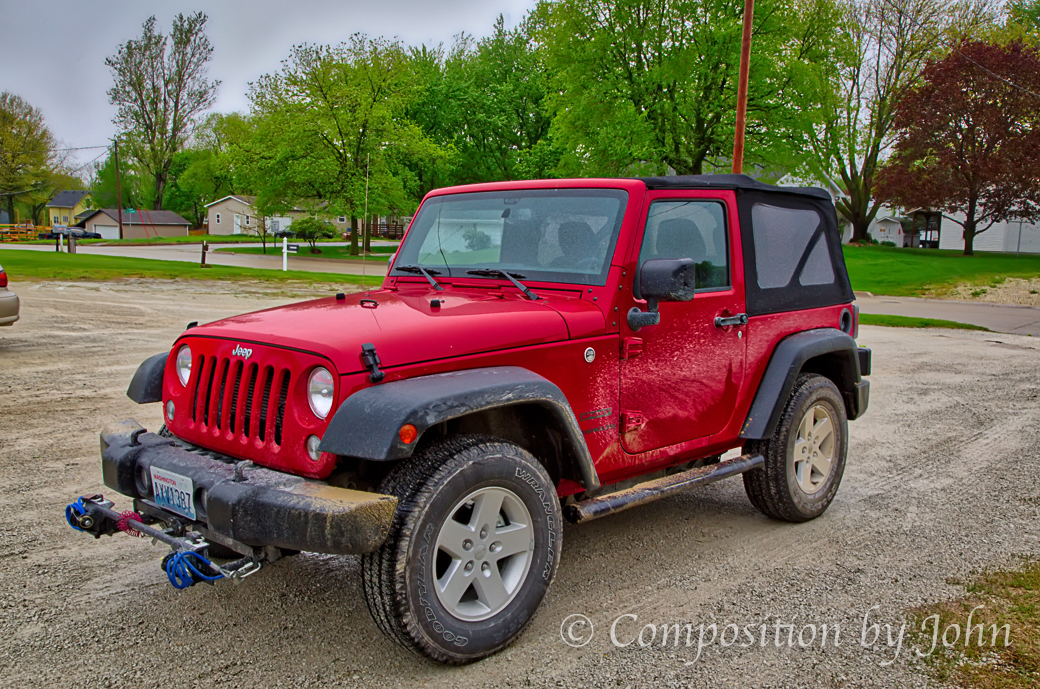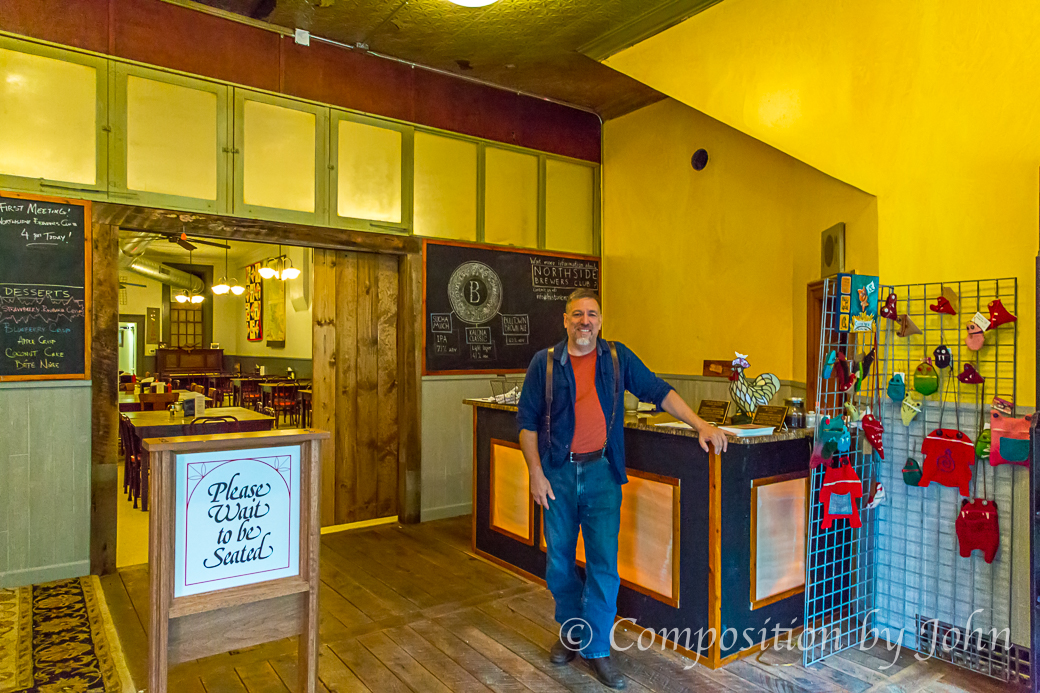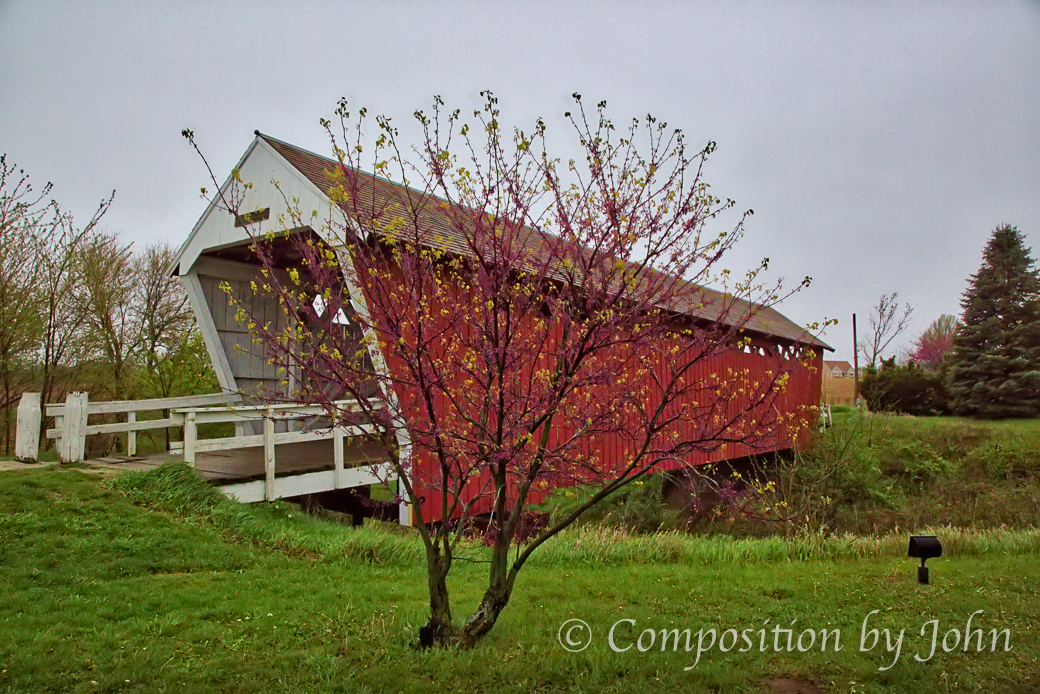“Go West, Young Man”, whether first attributed to Horace Greeley or John Soule, was a prevalent trend in the mid 1800s in America. As we traveled the midwest we saw evidence of this trend over and over. The motivations for the migration varied from fleeing religious persecution, to being forced by gunpoint to migrate, to seeking better opportunities in business or farming, or free land to settle on, and of course the promise of finding gold. How much motivation would you need to face possible death by starvation, freezing, indian attack, robbers, etc.. ?
The Trail of Tears was the removal of many Native Americans from the South East portion of our nation to areas further west at gun point and on foot. As settlers continued west the Native Americans were cordoned off to smaller and smaller parcels resulting in the following:
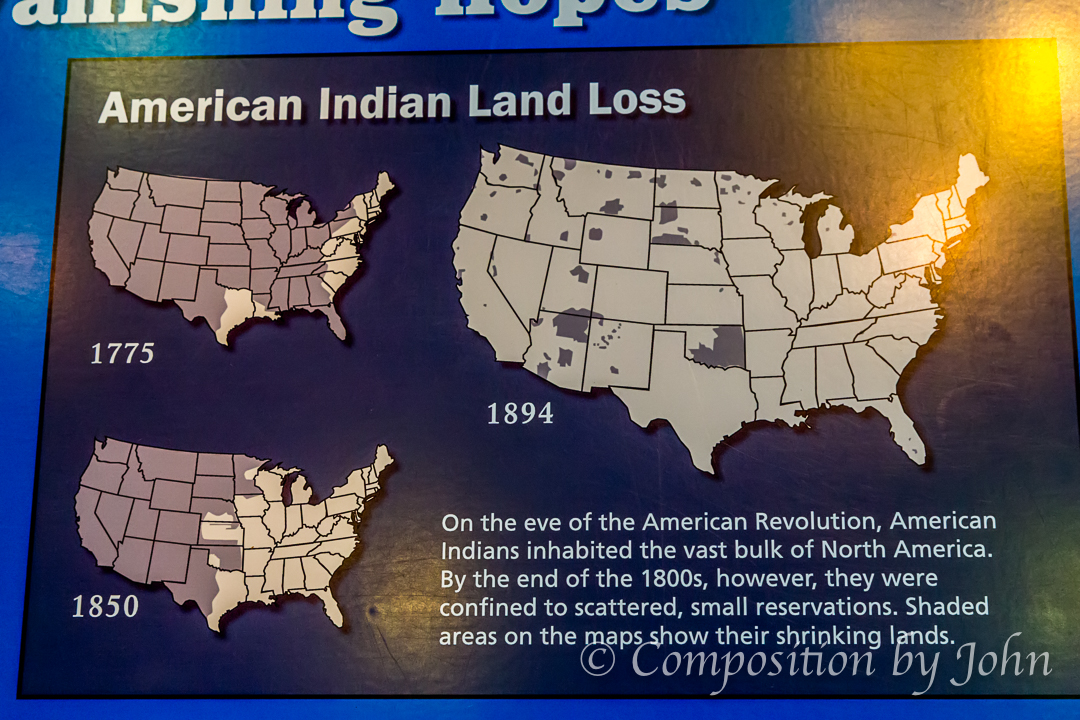
Another movement west caused by religious persecution was the Mormon Trail where members of the Church of Jesus Christ of Latter-Day Saints moved their lives west after violence in Illinois and a governor’s executive order to exterminate Mormons in Missouri. The trail went from Nauvoo, Illinois to Salt Lake City, Utah. The Western Historic Trails Center in Council Bluffs, IA and the Mormon Trails Center at the Historic Winter Quarters in Omaha, NE tell the story of their migration starting in 1847. The migration was the most organized movement of people to the west with winter camps, farms and stockpiles of food made ready for the next ones to head west.
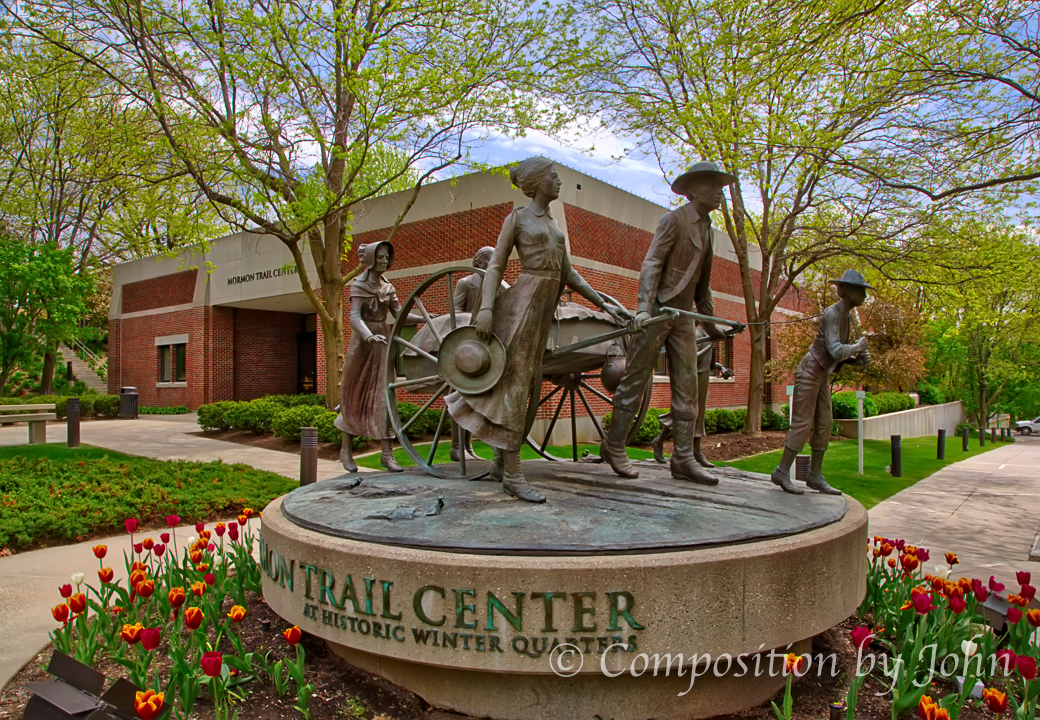
The eastern start of the Oregon Trail shared the same path as the Mormon Trail and California Trail, but diverged to take people to the Oregon valleys. Over 400,000 people traveled on the trail, farmers, settlers, business men, tradesmen, everyone necessary to build America on the west coast. The trail led over a lower pass of only 7000 feet to facilitate the movement of people and their belongings. Circled wagons along the trail were not to protect from Indians who were more helpful than not, but to keep the livestock corralled. Imagine the excitement of finally making it to the lands of Oregon, or did the migrants only sigh with relief the journey was over?
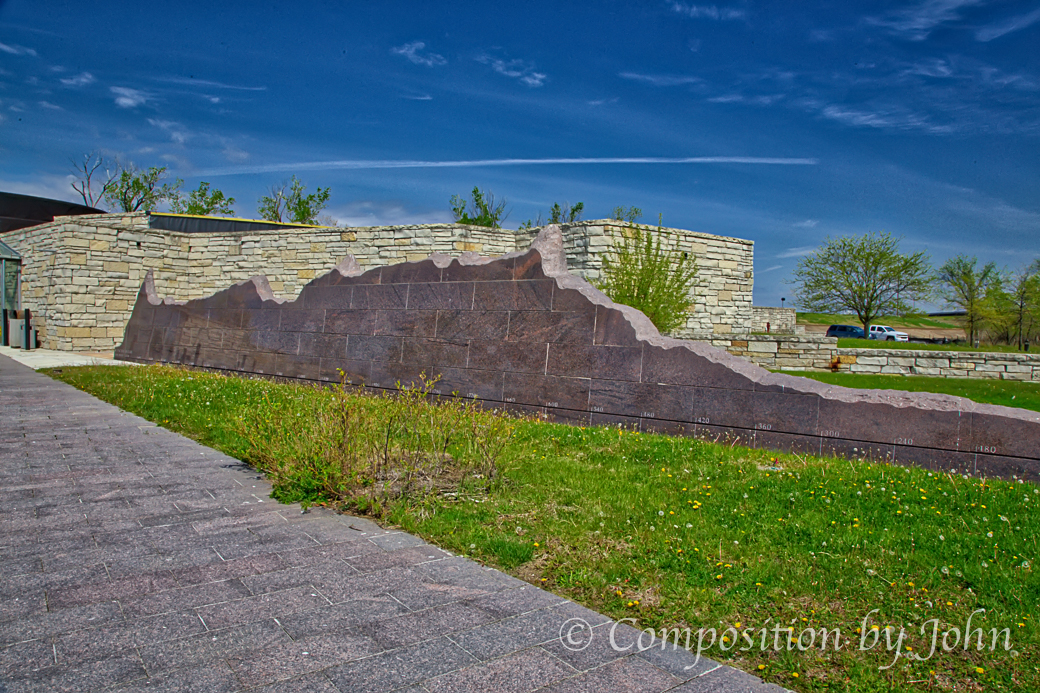
With the acquisition of public lands by the US Government, the west needed to be settled to put it to work and secure our borders with more settlers. The Homestead Act of 1862 offered 160 acres of public land free to people willing to farm and build a home. Congressional acts before and after this also encouraged settlement in all our states to varying degrees. A wall at the Homestead National Memorial in Beatrice NE illustrates how much of each state was homestead lands:
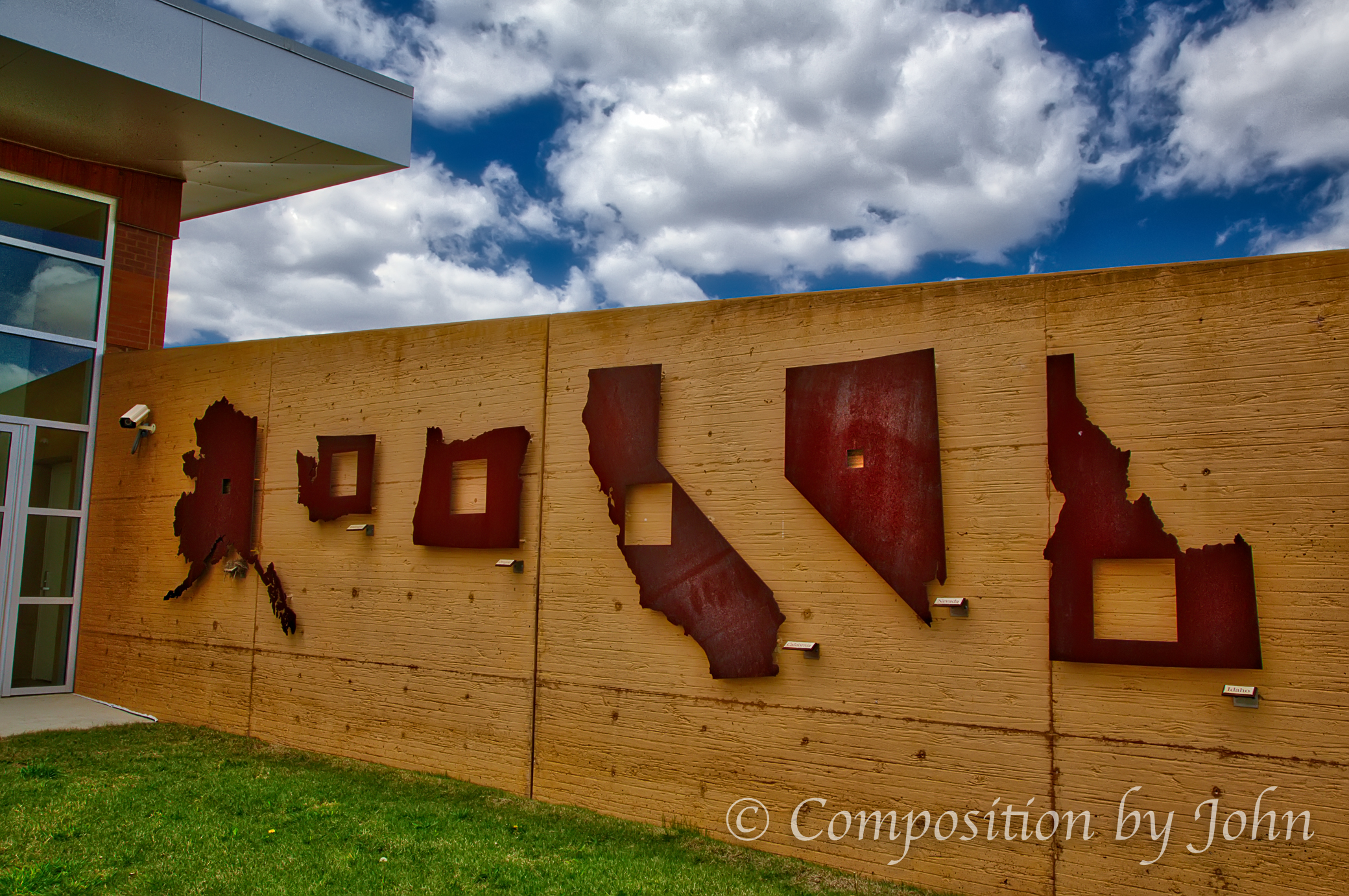
As a young man in school, the Oklahoma Territory Land Rush of 1889 sticks in my mind with imagery of settlers rushing across the land to claim their “free land” to become their new home. The last homestead patent was issued in 1998. This dream of migrants across America was also fueled by immigrants from all over the world coming to America to share in this dream.
So much of American History is a study in contrasts, benefiting some peoples and stepping on the rights of others. Our hope is that our melting pot of diversity is a better country now than in the past, with the responsibility on our shoulders of insuring we continue on a path that befits a compassionate nation.
For more pictures of this page of our Precious Venture journey, please click on:
http://www.compositionbyjohn.com/Go-West-Young-Man
or
http://facebook.com/compositionbyjohn
Thank you for reading our blog!
John and Roni
